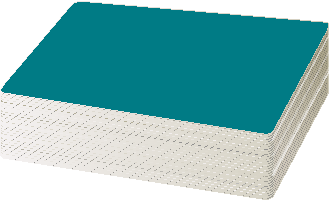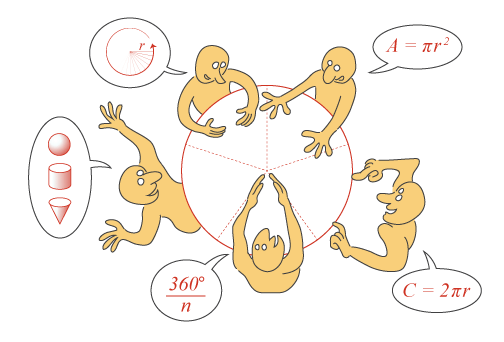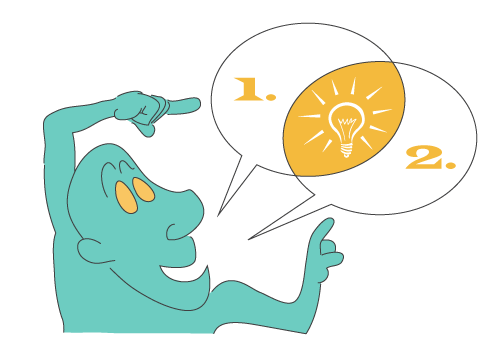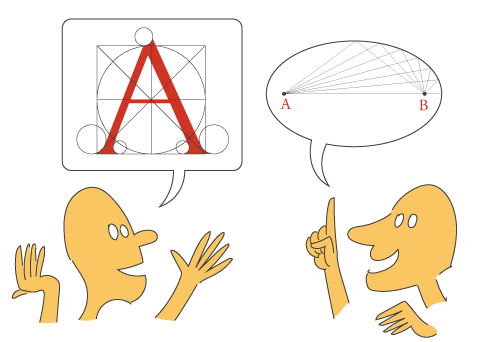Focusing on Vital Student Actions
Explore the Seven Vital Student Actions:
The actions on the 5x8 card may appear somewhat peculiar. Why, for example, would school leaders be looking for students to say a second sentence? The answer is that second sentences are leading indicators of the practices promoted by the CCSS-M. They will happen frequently when students are asked to explain their thinking. They will be the norm when students are expected to give answers that make sense to all of their classmates, even those who don’t initially understand. But they will be absent in classrooms where students are asked to fill in the blank in a teacher’s question; to give an answer rather than an explanation. Without expansive professional development, a principal tuned into the differences between classrooms where there are many and few second sentences will learn a great deal about good instructional practice simply through focused observation.
Student Vital Action #1:
All students participate (e.g., boys and girls, ELL and special needs students), not just the hand-raisers.
See Teaching Ideas in the Deck Behind the 5x8 Card
Principle:
Equity requires participation.
Rationale
Explaining one's ideas and hearing the reactions of others promotes learning. Thus in classrooms in which a few students do all the talking, learning opportunities are distributed inequitably. Over time silent students may come to believe they are not expected to talk, and may disengage entirely. When all students are given the time to explain their thinking, a greater investment of every student in the instructional activity is demanded and rewarded, and the opportunity for students to serve as learning resources for each other is maximized.
Student Vital Action #2:
Students say a second sentence (spontaneously or prompted by the teacher or another student) to extend and explain their thinking.
See Teaching Ideas in the Deck Behind the 5x8 Card
Principle:
Logic connects sentences.
Rationale
A hallmark of the understanding prioritized by the CCSS-M is the ability to use mathematical reasoning to construct and defend an argument (this is what I did and why it makes sense). Brief, single-sentence student utterances are generally insufficient for a viable argument.
Student Vital Action #3:
Students talk about each other’s thinking (not just their own).
See Teaching Ideas in the Deck Behind the 5x8 Card
Principle:
Understanding each other’s reasoning develops reasoning proficiency.
Rationale
Understanding each other’s reasoning develops reasoning proficiency: Students learn about mathematics by exploring their own and others' reasoning in problem-solving situations. Actively listening to peers increases the time focused on mathematical thinking and promotes the cognitive flexibility that is highly valued in college and career.
Student Vital Action #4:
Students revise their thinking, and their written work includes revised explanations and justifications.
Principle:
Revising explanations solidifies understanding.
Rationale
As students become more mathematically proficient and their reasoning improves, they should be able to identify flaws in their own and others' thinking. Revising work as a routine matter leads to better problem solving.
See Teaching Ideas in the Deck Behind the 5x8 Card
Student Vital Action #5:
Students use general and discipline-specific academic language.
Principle:
Academic language promotes precise thinking.
Rationale
Mathematically proficient students comprehend and produce mathematical representations (symbolic expressions, graphs, tables, number lines, etc.) that are embedded in ordinary and academic explanations and justifications. Students comprehend and produce the paragraphs, sentences, phrases and words characteristic of justifications, explanations, and word problems typical for their grade level.
See Teaching Ideas in the Deck Behind the 5x8 Card
Student Vital Action #6:
English learners produce language that communicates ideas and reasoning, even when that language is imperfect.
Principle:
ELLs develop language through explanation.
Rationale
English learners may hesitate to speak in class precisely because their control of English is limited. But practice speaking allows them to become more proficient. Bridging the language barrier is important for ELLs to thrive in the types of classrooms the CCSS-M promotes.
See Teaching Ideas in the Deck Behind the 5x8 Card
Student Vital Action #7:
Students engage and persevere at points of difficulty, challenge, or error.
Principle:
Productive struggle produces growth.
Rationale
When students persist in making sense of a challenging problem and trying different strategies for solution, they are more likely to learn the mathematics than students who give up quickly or avoid challenge to the greatest extent possible.
See Teaching Ideas in the Deck Behind the 5x8 Card
Getting Started & Classroom Culture
The student vital actions listed on the 5x8 Card are easy to look for in a classroom. But it is far from easy to create a classroom in which these vital actions are commonplace! Below are some ideas for getting started.
See Teaching Ideas in the Deck Behind the 5x8 Card
Development of the 5x8 Card was led by Phil Daro through a SERP collaboration with the Oakland and San Francisco school districts.
SERP has been supported to conduct this work by The S.D. Bechtel, Jr. Foundation.
This work is licensed under a Creative Commons Attribution-NonCommercial-ShareAlike 4.0 International License.










